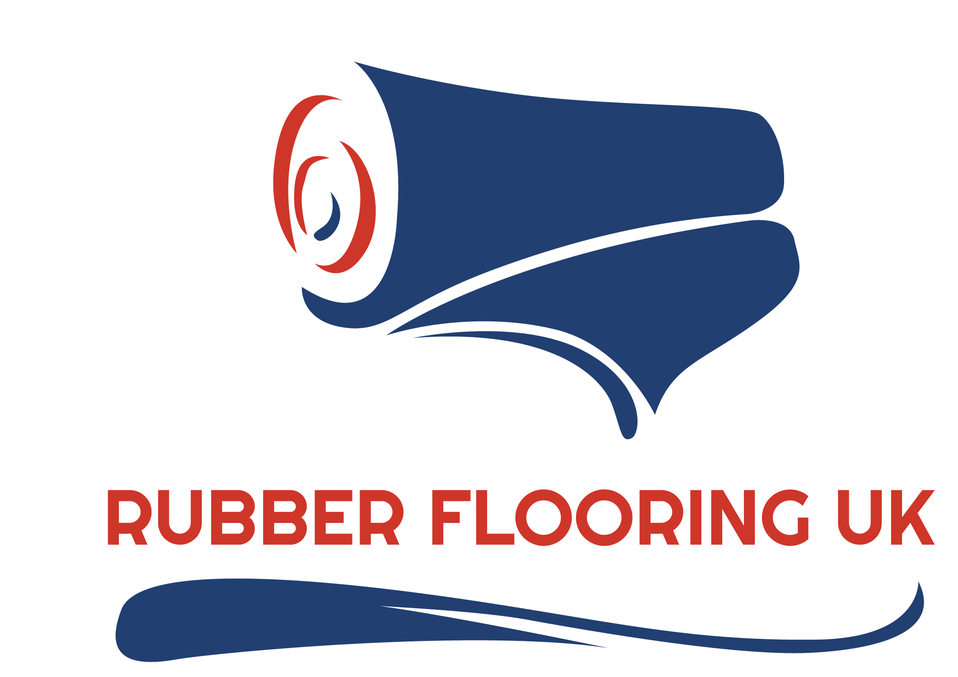5 Benefits of Training for Dynamic Balance
When we hear the word balance, we usually think of standing still on one leg or trying not to fall when walking on a slippery surface. While standing on one leg can certainly help improve static balance, maintaining control of a moving center of mass over a changing base of support is probably more relevant to many of life’s activities. This type of training is known as dynamic balance, and can help enhance skills that are relevant to a number of sports and activities of daily living. Dynamic balance training is also an effective way to help you achieve your fitness goals.
Optimal balance is achieved when multiple sensory systems provide information about the body’s position as it moves over the ground. The eyes (visual), inner ear (vestibular) and skin (kinesthetic) contain numerous sensory receptors that provide important feedback to the central nervous system (CNS) about which muscles to activate and when. Maintaining static balance as the body remains in one position is relatively easy because you can concentrate on which muscles to contract to remain stable. However, many activities of daily living happen quickly, which means you have to rely on conscious thought to control which muscles to activate.
Here are five reasons why it’s important to train dynamic balance and how adding it to your exercise program can produce results.
- Training for dynamic balance could help you improve your running technique. The gait cycle, whether walking or running, requires the body to maintain control of its center of gravity as it changes position over a constantly moving base of support. During the gait cycle your body must maintain control of your center of gravity—usually found near the belly button—as you transition from one leg to the other. As your right foot hits the ground, the left leg prepares to swing forward; at the same time your left arm is swinging forward while your right arm is moving backward. The motion created by the swinging of the arms and legs results in a counter rotation between the upper back and pelvis to generate the momentum to move the body in a forward direction.
- Dynamic balance training is an effective way to strengthen and tone the obliques and the muscles of the hips, thighs, glutes and low back. These muscles connect your hips to your pelvis and your pelvis to your spine. Increasing the strength of the core muscles can help improve your balance and coordination, while also improving your appearance.
- Having good dynamic balance can help improve your coordination and ability to react to sudden changes of direction, both of which can help reduce the risk of an accidental fall. Controlling dynamic balance should be a reflexive response that happens automatically. If you feel that you don’t have good balance, it is extremely important that you do the work necessary to improve it.
- Dynamic balance exercises can easily be added to the warm-up phase of a workout to prepare for lower-body strength training, a long run, an obstacle-course race, or for recreational sports such as tennis, basketball or soccer.
- Dynamic balance exercises can be used as low-intensity recovery exercises between sets of high-intensity interval training or as a low-intensity bodyweight workout to help promote recovery the day after a challenging training session. These exercises can also be used on those days when you can’t make it to the gym, but still want to do something active.
Adding balance exercises to your workouts can help improve your overall energy expenditure and enhance your ability to perform your favorite activities. Here are six dynamic balance exercises to help you improve coordination and strengthen your muscles. Try adding this program as a warm-up at least two times per week for four weeks and you will be surprised at the difference you will feel and see.
Via: www.acefitness.org








